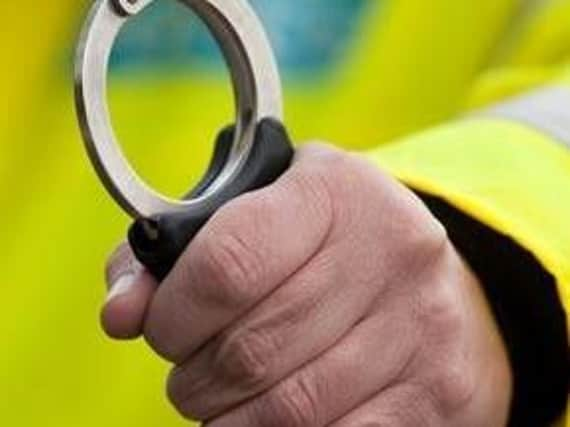These are the most common items firefighters remove from people in Doncaster - including handcuffs


South Yorkshire firefighters were called out 159 times to between April 2017 and March 2018 to remove objects from people, according to official figures.
Although having a wedding ring stuck on a finger and being unable to get handcuffs off wrists because of a lost key were the most common reasons people called 999, they are not the only ones.
Advertisement
Hide AdAdvertisement
Hide AdOn other occasions people have rung the fire brigade after getting wedged in toy cars and toilet seats, or getting sex toys stuck.
Three years ago the London Fire Brigade released a video warning about the dangers of penis rings, after they were called to remove two sex toys from a man who went on to have surgery.
Statistics from the Home Office have the number of times the South Yorkshire Fire and Rescue Service were called to non-fire incidents over the last financial year, and as well as removing objects from people firefighters have also been called out to take stranded cats from trees.
South Yorkshire's firefighters were called 58 times to help rescue animals over the 12 month period.
Advertisement
Hide AdAdvertisement
Hide AdThe RSPCA, who liaise with the fire service about helping animals, said: "We’re grateful to firefighters for their support in completing rescues.
"The RSPCA can request the help of the fire and rescue service but it is entirely up to them whether or not to attend. Some crews use animal rescues for training but emergencies involving people will always take priority.
"In some cases crews attend to minimise the risk of members of the public attempting to carry out rescues themselves and potentially putting themselves in danger."
The Home Office data also revealed fire crews were called out 62 times in to flooding, which included rivers bursting their banks or pipes breaking, in the same time period, and 13 times to rescue people from water.
There were also 218 false alarms with good intentions and one malicious false alarm.